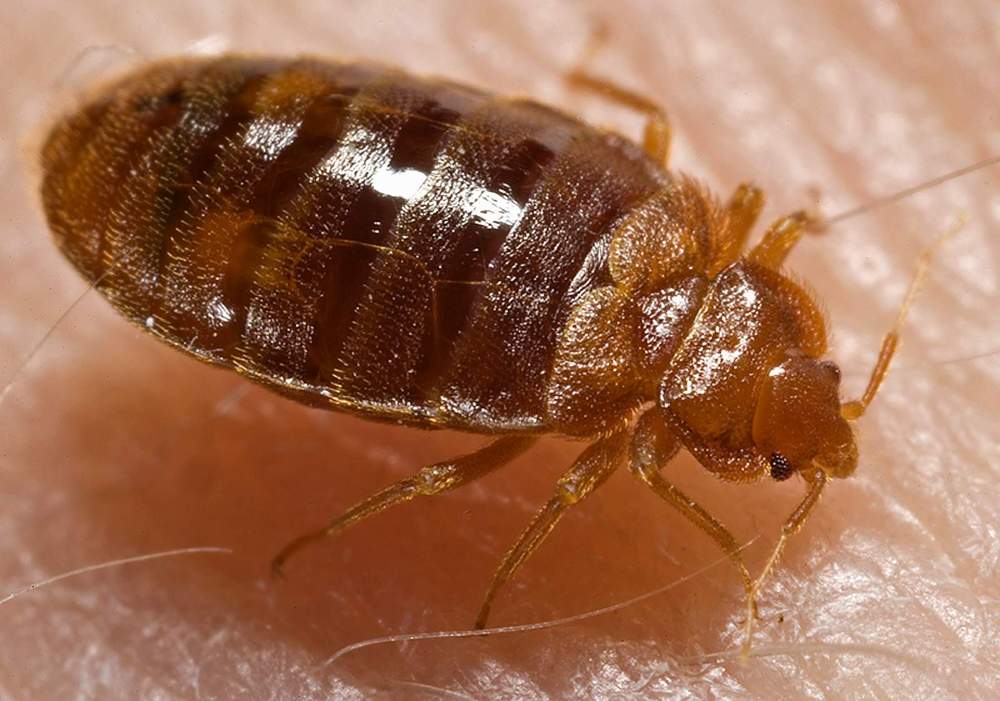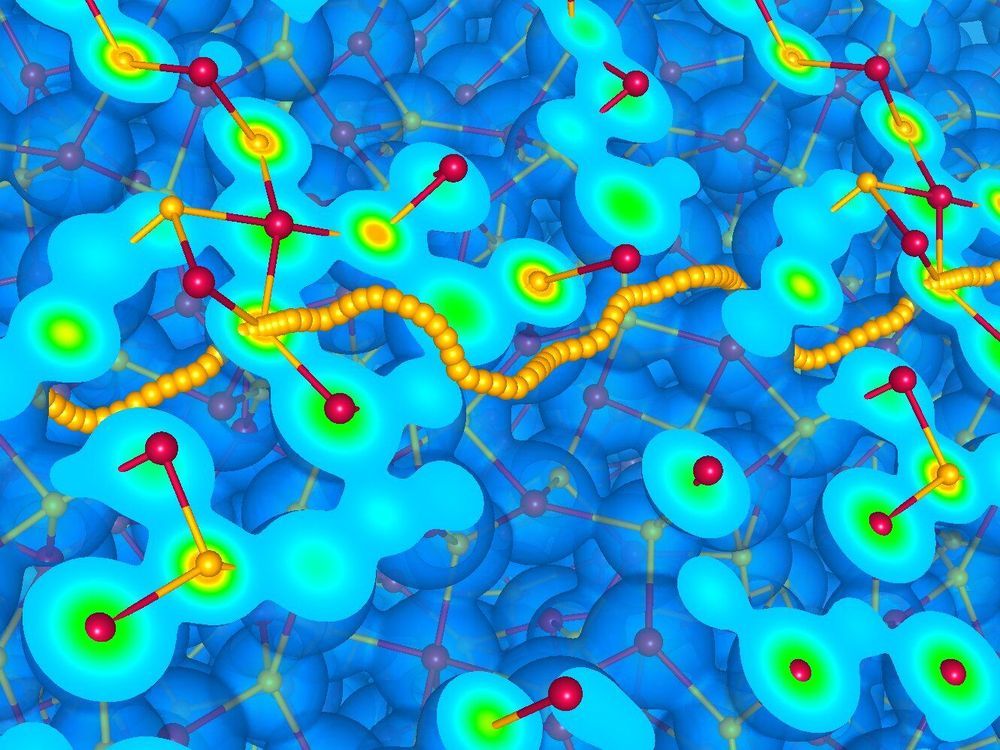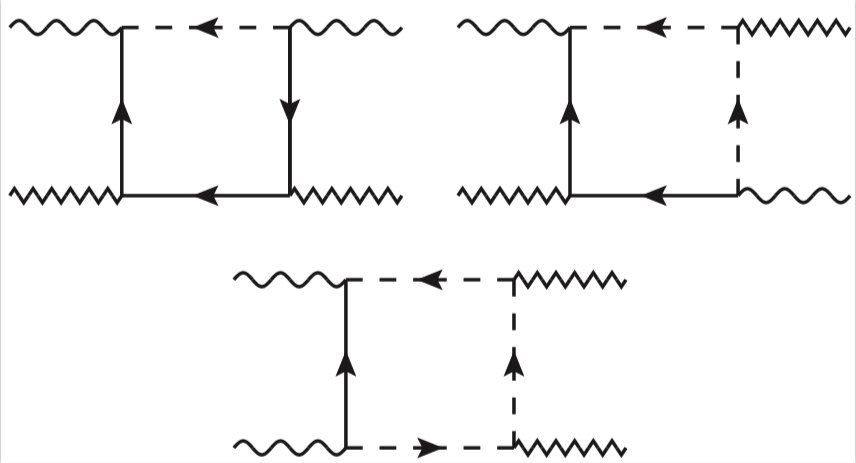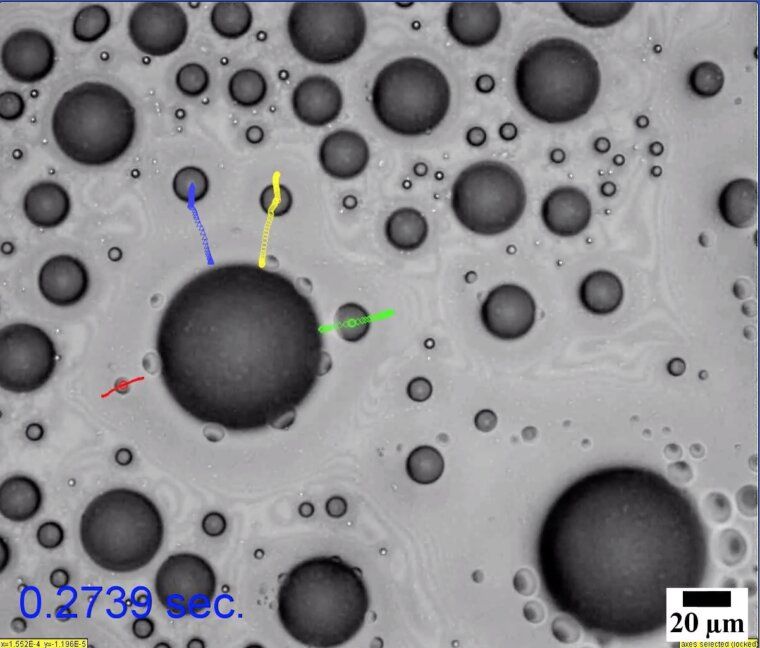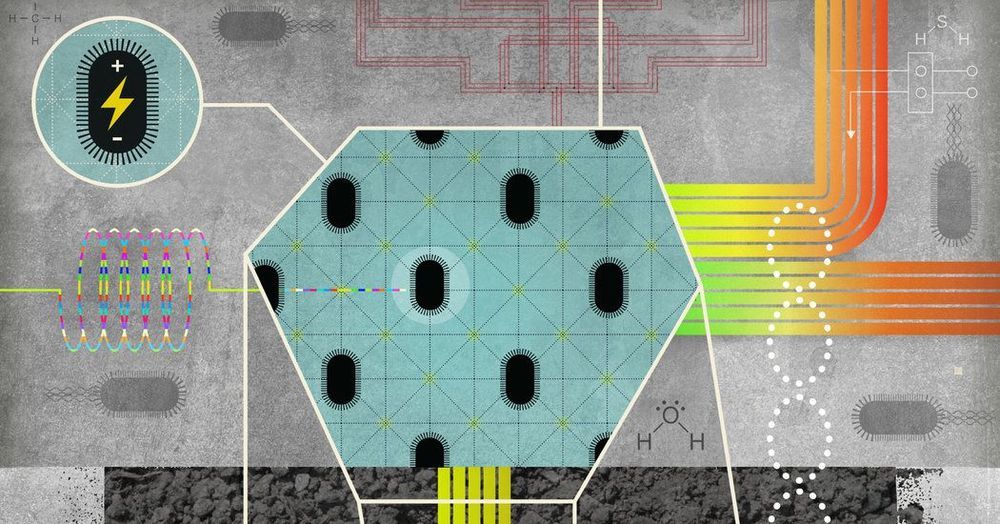Jul 1, 2019
Female bed bugs ‘control’ their immune systems ahead of mating to prevent against STIs
Posted by Quinn Sena in categories: biotech/medical, food
Female bedbugs who are ‘full bellied’ and therefore more attractive mates for males, are able to boost their immune systems in anticipation of catching sexually transmitted infections, research has found.
Led by the University of Sheffield, the research discovered a correlation between fed females and the chances of them being inseminated and therefore infected as a result.
To mitigate this, female bedbugs that have just dined on blood and are therefore full, are able to cleverly manage their simple immune system in anticipation of mating. This is in comparison to female bedbugs that do not get regular food, do not mate regularly and therefore do not have the same need to boost their immune system in defence of infection.
